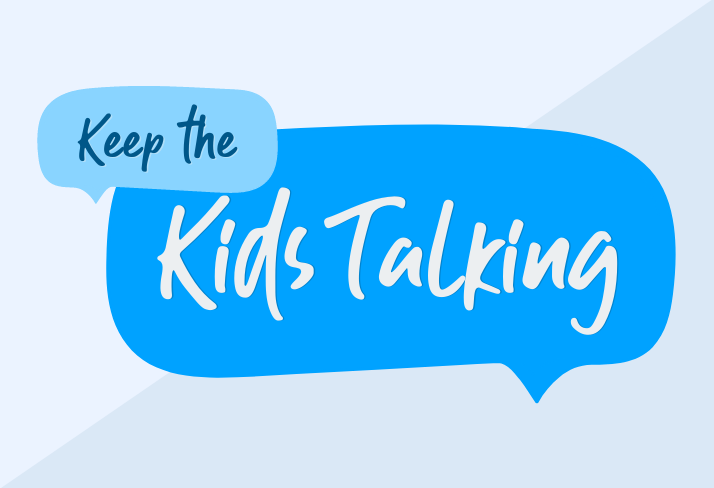|
Keep students engaged with an intentional, research-based approach.
In college, I played rugby on an intramural team. As a “back”, my role was to run the ball up the field and score a “try” (basically, a touchdown) or pass the ball to a teammate so they could score. The players on the opposing team would try to tackle anyone with the ball, so the goal was to either pass to a teammate or outrun and evade defenders in order to score. It can be intimidating (who am I kidding, terrifying!) to run down the field with a scrum of women running towards me with the intention of taking me down. One lesson I learned quickly was not to panic and get rid of the ball like a hot potato before I got tackled — our captain would call this a “hospital pass”, as in let me throw away this ball before I get tackled by passing it to someone who is already so heavily marked that they may end up in a hospital. If we did a “hospital pass” in practice, it meant extra push ups — it was a careless move. Ultimately, we knew it would be better to pass purposefully than to give away possession of the ball or risk a teammate getting hurt.
Those of us who work in schools have so many concerns as we return to school this year. Our concerns are warranted: we are concerned about students who may have missed many of their Zoom classes, and we are concerned how our students are processing this past year filled with personal loss, sickness, and political turmoil. The New York Times recently reported that “by the end of the school year, students were, on average, four to five months behind where students have typically been in the past, according to the report by McKinsey, which found similar impacts on the most vulnerable students” (Mervosh, 7/28/21). Many educators and parents are deeply concerned about students who may have experienced what many are calling learning loss. We are looking for solutions as we re-enter our schools. But we need to think strategically — we cannot panic and toss the ball away in fear. We need to be thoughtful in our intentions, not reactive.
Creating positive relationships
If ever there was a time to think of how to deeply engage students in our classwork, in our content, and in discussions about what makes each subject area so compelling, now is the time.
Linda Darling Hammond, president of the Learning Policy Institute and professor emeritus at Stanford University, addresses how to reenter schools after this tumultuous year of remote and hybrid schooling. She reminds us to recall the most effective research-based learning methods, which include: “positive relationships and attachments… the essential ingredient that catalyzes healthy development and learning...and enables resilience from trauma” (Hammond, Forbes, 4/5/21). But positive relationships do not develop organically in schools; teachers and administrators can purposefully create positive relationships between the adults and students and between students and students. Positive relationships in school help students stay engaged and interested in learning. According to research from the Carnegie Corporation, “the degree to which students are engaged and motivated at school depends to a great extent on the quality of the relationships they experience there (Eccles & Midgley, 1989, p. 140; Lee & Smith, 1993, pp. 164, 180). Supportive relationships are necessary, although not sufficient without high-quality curriculum and teaching, to foster high performance among young adolescents” (Jackson and Davis, Turning Points 2000, Teachers College Press: 2000, p. 123). This concept is something we know to be instinctively true: relationships matter in every part of life, particularly in schools with young people. And while “high-quality curriculum and teaching” are paramount to students’ success, positive relationships in schools are equally important.
Encouraging connections
There are ways to create positive relationships through the content we focus on in our curriculum, and in the ways we teach students to interact with one another. Hammond also reminds us, “Children actively construct knowledge by connecting what they know to what they are learning within their cultural contexts. Creating those connections is key to learning.” Again, helping students to build connections between new and prior knowledge is something teachers can plan for and create.
Putting Darling Hammond’s advice into action can be as simple as creating opportunities for interactions among students. For example, instructing students to talk to one another first in pairs for a set amount of time, and then encouraging pairs to expand to form small groups. As the groups continue to expand, students move toward whole class discussions. Setting students up with these types of discussion structures — moving from smaller groups to larger groups — and then encouraging them to debrief their discussions in writing or as a whole class is a way to build content knowledge and foster positive relationships. Constructing ways for students to discuss content-specific ideas and helping students process what they are learning and what questions they have is a way to keep students actively engaged in their classes.
As we get reacquainted with in-person instruction, I imagine there will be last minute programs and initiatives that will aim to catch students up and get them back on grade level. But let’s commit to no hospital passes. Let’s commit to what we already know about effective ways of learning and remain strategic about keeping students engaged. The ownice is on us to find ways for students to connect with the content. Let’s move through this year with teaching strategies that are intentional, rooted in research, and that will keep our kids engaged and talking.
|
|
The Center for Professional Education of Teachers (CPET) at Teachers College, Columbia University is committed to making excellent and equitable education accessible worldwide. CPET unites theory and practice to promote transformational change. We design innovative projects, cultivate sustainable partnerships, and conduct research through direct and online services to youth and educators. Grounded in adult learning theories, our six core principles structure our customized approach and expand the capacities of educators around the world.
|
ABOUT US
525 West 120th Street, Box 182 New York, NY 10027 416 Zankel Ph: (212) 678-3161 [email protected] Our Team Career Opportunities |
RESOURCES
Professional Articles Ready-to-Use Resources Teaching Today Podcast Upcoming PD Opportunities |
COACHING SERVICES
Custom Coaching Global Learning Alliance Literacy Unbound New Teacher Network Student Press Initiative |


























